

3 ways Spotify is inching toward a valuable content database
source link: https://blog.prototypr.io/3-ways-spotify-is-inching-toward-a-valuable-content-database-b9911e71d9ca
Go to the source link to view the article. You can view the picture content, updated content and better typesetting reading experience. If the link is broken, please click the button below to view the snapshot at that time.
3 ways Spotify is inching toward a valuable content database
How Spotify is betting on major audio content experiences
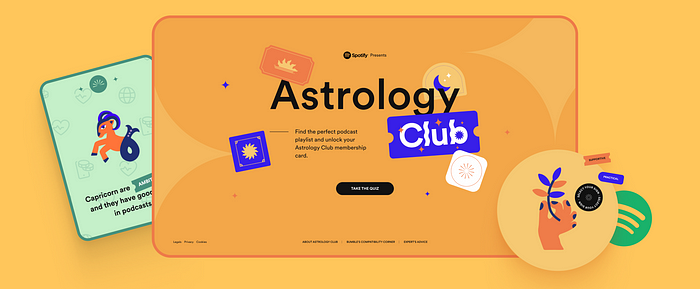
On 23rd April 2006, when Spotify was founded by Daniel Ek and Martin Lorentzon, the company has become a leader in providing audio streaming and media services to customers not just in Sweden but around the world. As of June 2022, according to Wikipedia, the product have over 433 million monthly active users, including 188 million paying subscribers. While every one of us loves listening to music, Spotify is struggling to become the only audio-friendly app on its users' mobile phones.
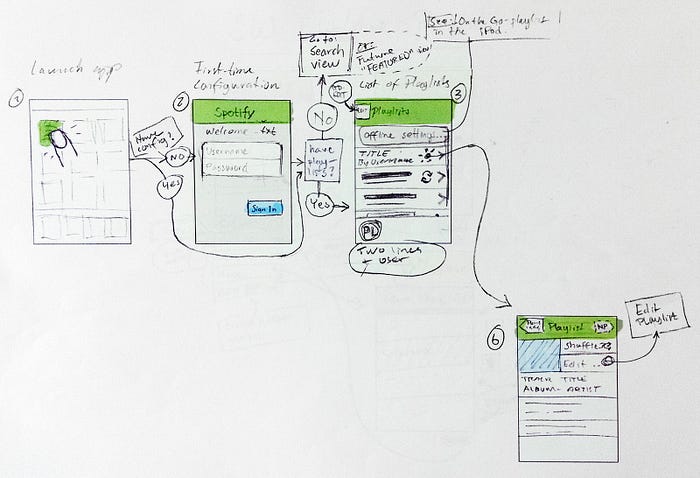
Early design sketch of Spotify by Rasmus Andersson
Spotify had a 2.94€bn revenue in 2016, and it grew to 9.66€bn in 2021, tripling its revenue in the past five years. While the growth looks promising let’s look at some of the key stats from Spotify’s business (Source: Business of Apps).
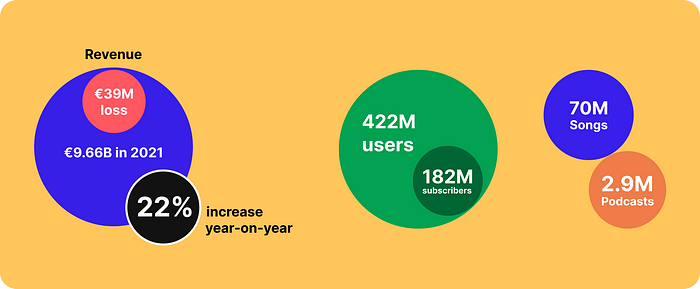
Spotify’s key stats in a nutshell
Bet #1 Continue building a music library
To continue its dominance in the market and to further strengthen its position, Spotify is continuously investing in shining the light on its ever-growing music library. Its Spotify Wrapped has become a source of inspiration for other tech companies worldwide — delightfully presenting yearly stats. Check out what I mean by that below 👇.
Bet #2 Launch of Podcasts
Now although Spotify earned a 9.66€bn revenue in 2021, it also reported a €39M loss. This is because the company has to split revenue 70/30 between the artist/rights holder and itself. This problem of royalty split doesn’t exist with podcasts as content. They can keep adding the latest content and bringing noteworthy podcast series onto their platform without giving away any revenue while adding more to their library.
Timeline
- In October 2018, Spotify opened podcasting for all its users. By the end of the year, podcast listening grew on Spotify by 175%.
- Spotify bought Anchor in 2019 for a reported $150M to aid people to create, record, and manage their shows.
- Spotify launched video podcasts in 2020 and expanded access in October 2021 to vetted creators.
Podcasts can be fun to listen to and are usually quite a knowledge packed. Also similar to YouTube, creators voluntarily publish and distribute their content on various platforms to gain higher visibility. Currently, Spotify has reportedly 2.9M podcasts on its platform. These podcasts help its 422M users engage and probably convert to subscribers over time.
To bring back users to its platform and engage new users, Spotify occasionally launches experiments like the Astrology Club that hooks the user by providing podcasts that match their sunshine.
Bet #3 Audiobooks
Spotify’s latest bet is on Audiobooks. Although the company is late to the market, it is still ages ahead of other music streaming apps. This bet only fortifies the fact that Spotify is slowly becoming a super-app of sorts for all things audio.
Timeline
- Spotify acquired the audiobook platform Findaway in June 2021 for €117 million.
- On Sept. 20, Spotify launches Spotify Audiobooks for all U.S. users.
As far as the user splits are concerned, Spotify has
- 121M in Europe out of which 66M are subscribers
- 85M in North America out of which 48M are subscribers
- 78M in Latin America out of which 33M are subscribers
- 71M in the rest of the world out of which 18M are subscribers
From the percentage count perspective, it looks like 56% of North America is subscribed to Spotify as compared to 54% in all of Europe. Probably this is the reason why Spotify launched audiobooks as a feature in the US first. Also, audiobooks are growing by about 20% a year.
Spotify is intensely experimenting with different business models to keep its existing user base engaged and bring in a fresh batch. Currently, the company is adding non-exclusive 300,000 titles. The app is not providing any discounts or additional perks to its subscriber base but is looking to experiment and tweak several business models in the coming months.
With audiobooks in place, Spotify will be looking to increase its library and cater to this relatively untapped market by doing the following —
- Allow authors to submit their books directly to Spotify. You can even expect the actual authors to record a book’s audio version. Spotify might pay additional for that.
- Use algorithms to connect customers with content that matches their tastes and preferences. By the time audiobooks hit the rest of the world, the algorithm would be tweaked many times over.
While this is exciting news, Spotify might continue to report a loss in the upcoming year because there will be royalty attached to the sale of each audiobook. Hence, each of the audiobooks on its platform is individually priced based on an agreement with the publishers.
Source: Spotify Advertising
Bonus Bet #4 Ads
Only 43% of Spotify’s 422M are paid, subscribers. Mainly targeting free users, Spotify is making it easy to create and publish ads for businesses of all sizes. The company has its own self-serve advertising platform that is designed to build ads that are scripted and recorded by professional artists on Spotify’s artist panel. Since the number of free users will always exceed the number of paid subscribers, I see ads on the platform continuing to exist. In fact, Spotify might double down on it if it reaches 2Bn+ Monthly Active Users worldwide, rivaling YouTube.
Why is Spotify going beyond music?
Spotify is great when it comes to offering a complete music library. But music is just one type of audio content type. Just like we cannot have the same food all day every day, the mood of the users also changes with time, age, location, and other factors. Taking that into account, Spotify is choosing to cater to an audience that is of a wider taste. And hence, it’s moving towards adding podcasts and audiobooks.
On average, people spend 3 hrs and 15 mins on their phones per day. Out of this Millennials are at 67.3% usage, Gen Z has 76.3%, and Baby Boomers at 51.6%. When it comes to listening to the audio, my time is split between a variety of apps —
- Google Podcasts — Podcasts
- Spotify — Music
- LinkedIn Learning — Career-friendly content
- Blinkist — Audiobooks
- Headspace — Meditation
If you notice after a user gets a subscription to Headspace or Blinkist then their time will start to chip away from Spotify (free) because they have invested in subscribing and now they would want to maximize its offering by using it more frequently. Spotify is increasingly trying to shorten this gap and keep its users engaged on its platform for longer by offering more than just music content. Here are my time splits mapped visually —
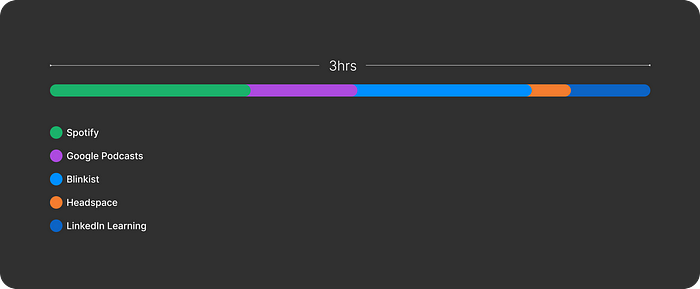
My time splits are visually mapped
As far as I can tell, I am increasingly returning to Blinkist during my long walks. As Spotify is adding its audiobook capabilities from scratch, there is a lot that the company can learn and get inspired from products like Blinkist, Audible, and others that have been doing it from the beginning.
Recommend
About Joyk
Aggregate valuable and interesting links.
Joyk means Joy of geeK